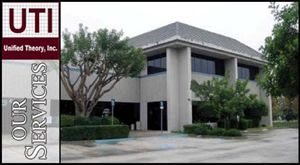
Nothing takes the fun out of machine design more than thinking about how to control it in real time. Even small machine control applications require a lot of specifying, purchasing, and design.
Enter the PLC - Programmable Logic Controller. The concept of a PLC system is to help replace as many relays and wiring as possible in a control system. By doing this, the control of the system becomes more flexible. It is more practical to use a PLC based control system for any automation system as it will allow designers and end users alike, more control over the final operation of any machine. Real world examples of this are:
- Adding time delays on to Inputs from Limit switches and Proximity switches
- The ability to “filter” an analog process value. This ability has the effect of smoothing out the peaks and troughs of an analog signal so that machine control can be implemented without reacting to quick process value changes.
- Easy implementation of PID control loops. Most PLC’s have some form of PID control built in to them. It is quite an easy process to add or modify an PID control to PLC logic. PID control is used in applications such as, but not limited to: Robotics, temperature control, pressure control, speed control, air flow control, humidity control, feed rate control and position control.
- Easy access to live data within the automation system. These days, everyone from the operators on the factory floor to the CEO of the company wants information about machine operation in some form. PLC systems can help immensely in this arena. A majority of PLC controllers these days can be accessed via some form of network communication system. The most common form of this is Ethernet communications. Ethernet gives the ability to allow a local screen to show an operator some machine information that they need (E-Stop status, Door status, position status, Temperatures, Pressures, Run time, etc.)
Unified Theory, Inc.
Ph: 805-389-7420 Fax: 805-389-7418
E-Mail: thowsham@utieng.com Web: www.utieng.com

